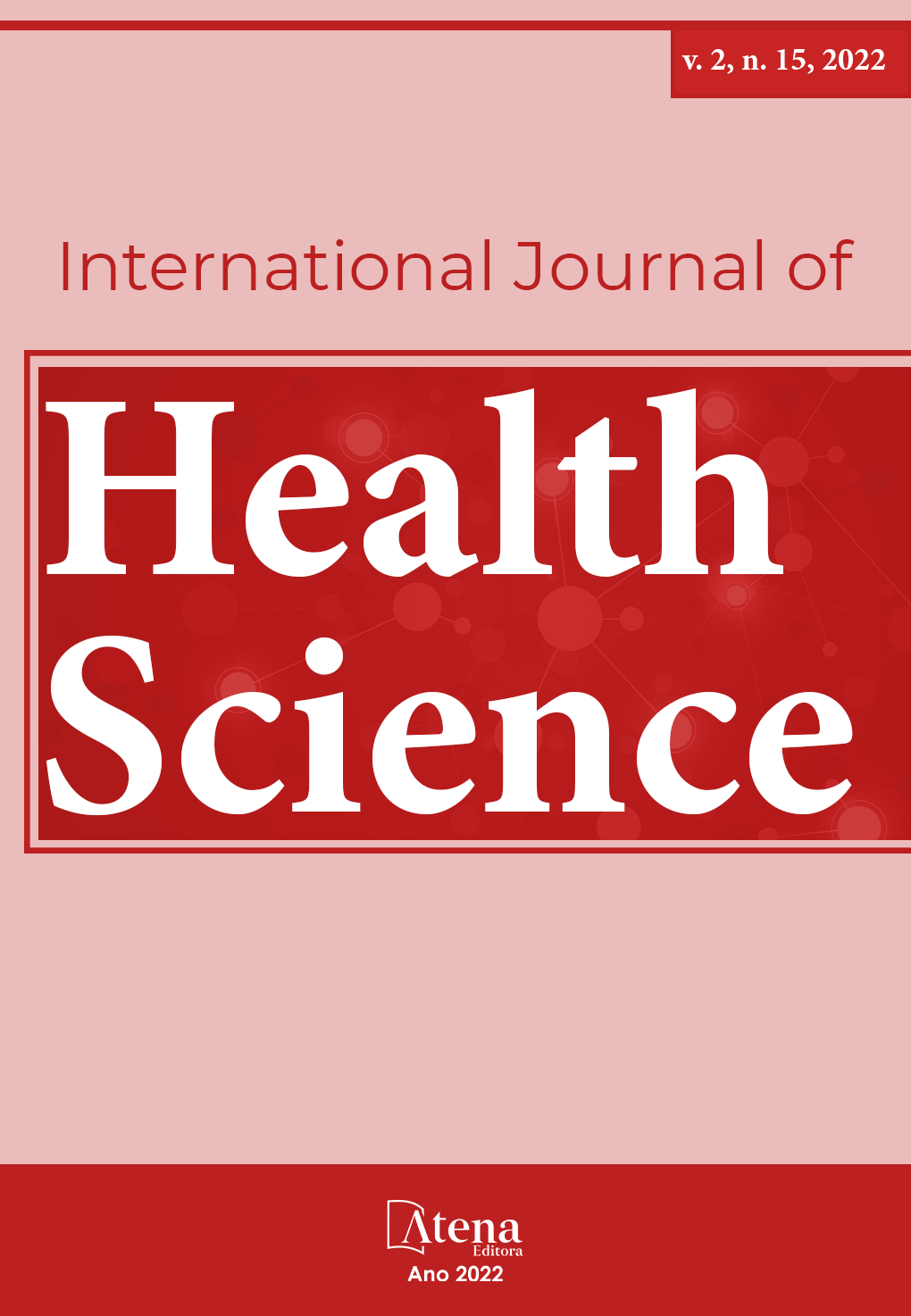
STUDY OF OBLIQUE LINE CONTRAST IN PANORAMIC RADIOGRAPHS AS A POSSIBLE METHOD OF ASSESSING BONE MINERAL DENSITY
Osteoporosis is a chronic disease that affects bone mineral density (BMD), allowing for greater fragility of bone tissue and predisposing patients to a greater risk of fractures. The gold standard for the diagnosis of osteoporosis is dual-beam X-ray densitometry (DXA), a very expensive test. Research suggests the use of different indices in panoramic radiography as a way to assess BMD and to be able to detect changes in bone metabolism before fractures occur, however, no study to date has evaluated oblique line contrast (OLC) for this purpose. Therefore, the aim of this study is to evaluate the feasibility of using CLO as an auxiliary mechanism in the detection of low bone mineral density. This study was approved by the Research Ethics Committee of FORP/USP (CAAE: 0016.0.138.000-09).
STUDY OF OBLIQUE LINE CONTRAST IN PANORAMIC RADIOGRAPHS AS A POSSIBLE METHOD OF ASSESSING BONE MINERAL DENSITY
-
DOI: 10.22533/at.ed.1592152215039
-
Palavras-chave: Oblique line, osteoporosis, panoramic radiograph.
-
Keywords: Oblique line, osteoporosis, panoramic radiograph.
-
Abstract:
Osteoporosis is a chronic disease that affects bone mineral density (BMD), allowing for greater fragility of bone tissue and predisposing patients to a greater risk of fractures. The gold standard for the diagnosis of osteoporosis is dual-beam X-ray densitometry (DXA), a very expensive test. Research suggests the use of different indices in panoramic radiography as a way to assess BMD and to be able to detect changes in bone metabolism before fractures occur, however, no study to date has evaluated oblique line contrast (OLC) for this purpose. Therefore, the aim of this study is to evaluate the feasibility of using CLO as an auxiliary mechanism in the detection of low bone mineral density. This study was approved by the Research Ethics Committee of FORP/USP (CAAE: 0016.0.138.000-09).
-
Número de páginas: 16
- Giovani Antonio Rodrigues
- Plauto Christopher Aranha Watanabe
- Matheus Arazin Bitencourt


